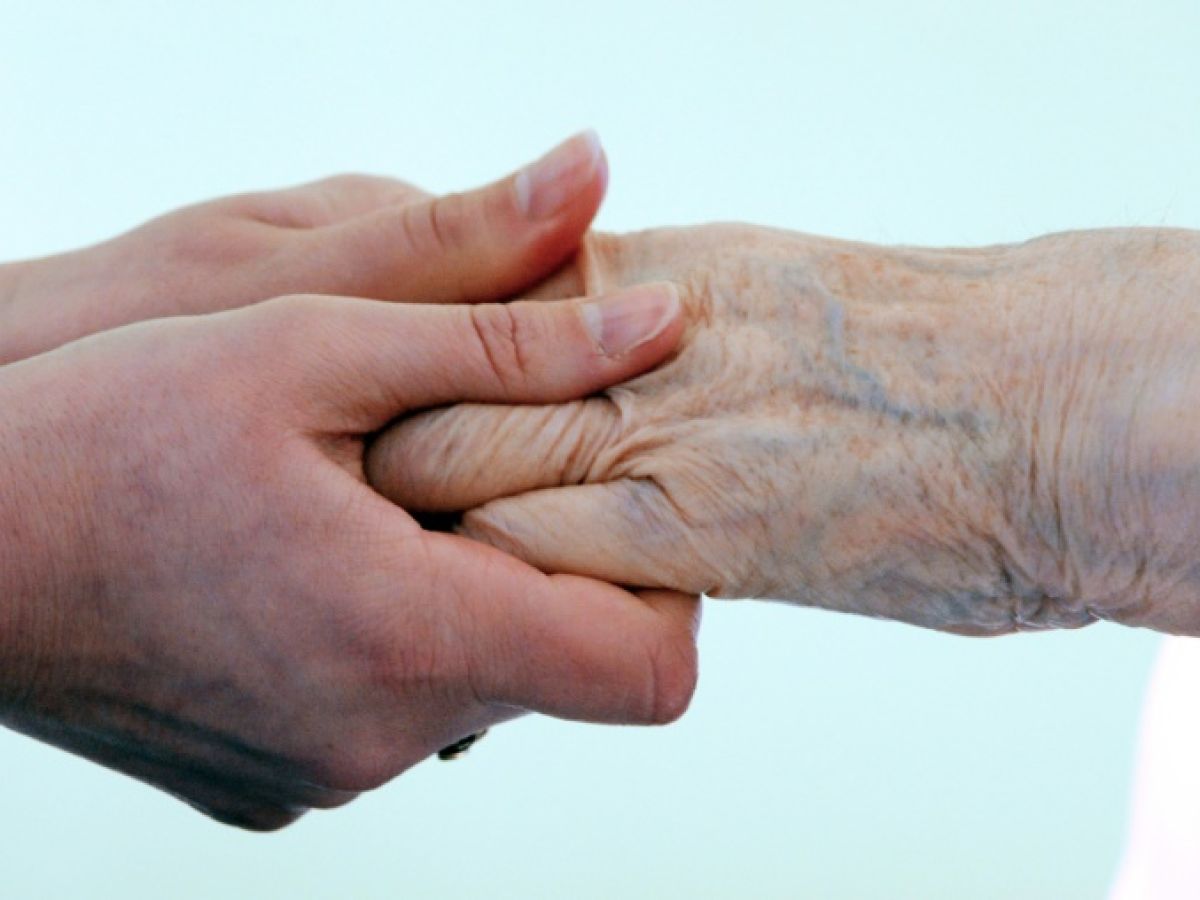Domile Tautvydaite and Nicolas Burra, postdoctoral student and researcher from the Faculty of Psychology and Educational Sciences at the University of Geneva (Switzerland), managed to determine the precise moment when our brain detects the direction of the other's gaze. A feat published in the magazine NeuroImage.
This study aimed to discern how long it takes the human brain to detect the direction of others' gaze. Important information in the study of social interactions. “Direct eye contact indicates a willingness to engage in social interaction, while avoiding gaze will send the opposite message,” specifies the University press release.
17 combinations mixing gaze directions and head orientations
To do this, the researchers designed realistic 3D images of female and male faces using the software “ Ask 5“. The faces have been programmed to adopt several postures. In total, there were 17 combinations mixing different gaze directions and facial orientations.
Two experiments were organized under the same conditions, at two different times and changing participants. The latter, aged 18 to 35, were in good health and were recruited within the Faculty of Psychology of the University of Geneva. They all had good vision (natural or corrected). Thirty-two participants, including three men, took part in the first experiment while 34 participants, including eight men, took part in the second experiment.
Read alsoHow long can you look a stranger in the eyes (without embarrassment)?
The experiments took place in soundproofed rooms with dim lighting. Participants were seated 75 centimeters from a computer screen. To help us understand what is happening in their brains, electrodes were attached and distributed over the participants' heads in order to carry out an electroencephalography (read the box below).
What is electroencephalography?
Electroencephalography is a method which, thanks to electrodes (small metal discs connected to a computer by wires) distributed over the head, makes it possible to identify and measure the different electrical charges of neuronal cells. This data is transmitted back to the computer which converts the electrical charges into a graph called an electroencephalogram.
cExample of encephalography performed on a woman. Credits: JACOB SCHOTER/DPA/DPA PICTURE ALLIANCE VIAAFP
Our brain perceives the direction of the eyes “ from 140 milliseconds“
For the same face observed during both experiments, participants had to, during the first experiment only, report the direction of gaze. Whereas during the second experiment, the participants only had to identify the orientation of the head.
Each experiment began by displaying a black fixation cross in the middle of the screen for 500 milliseconds, then the face stimulus appeared in the center of the screen for 200 milliseconds. Finally, the fixation cross reappeared until participants pressed the keyboard to indicate their response regarding eye direction and head orientation.
Read also The mechanism of migraine and auras finally deciphered in a new study
Electroencephalography allowed researchers to measure when the level of brain activity was most intense, that is, when the brain perceived the orientation of the head and the direction of gaze.
Thus, we now know that our brain first perceives the orientation of the head. from 20 milliseconds“, then the direction of the eyes “ from 140 milliseconds“.
Furthermore, this study suggests that analyzing the orientation of the head gives a clue to our brain in order to perceive the direction of gaze. On the other hand, the opposite does not give clues to our brain.
Work that could be useful in the diagnosis of autism
“These results and the method used are a concrete contribution to the early diagnosis of autism spectrum disorders in children, underlines the press release. Regarding Alzheimer's disease, one of the most striking symptoms as it advances is the inability to recognize faces, even those of family members. This study therefore opens the way to a better understanding of the neural mechanisms linked to the reduction in social interaction and the memory of faces. »



